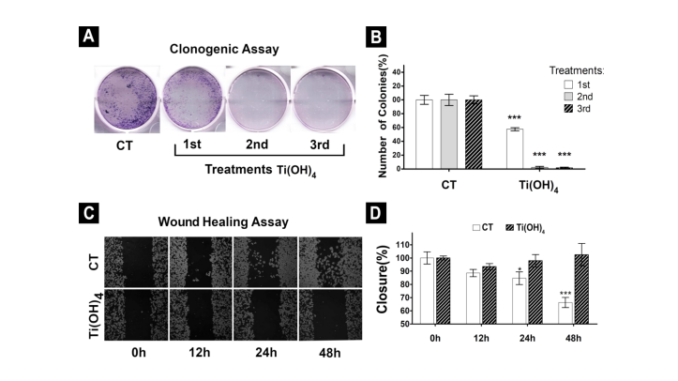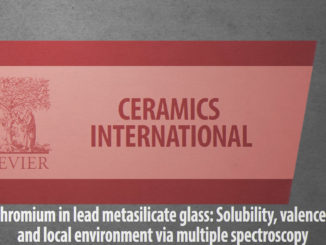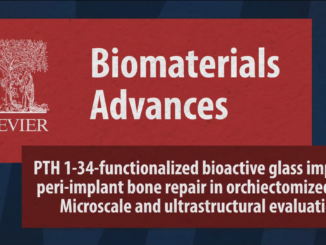
Modified Titanium Dioxide as a Potential Visible-Light-Activated Photosensitizer for Bladder Cancer Treatment
Abstract: Low oxygen concentration inside the tumor micro-environment represents a major barrier for photodynamic therapy of many malignant tumors, especially urothelial bladder cancer. In this context, titanium dioxide, which has a low cost and can generate high ROS levels regardless of local O2 concentrations, could be a potential type of photosensitizer for treating this type of cancer. However, the use of UV can be a major disadvantage, since it promotes breakage of the chemical bonds of the DNA molecule on normal tissues. In the present study, we focused on the cytotoxic activities of a new material (Ti(OH) 4) capable of absorbing visible light and producing high amounts of ROS. We used the malignant bladder cell line MB49 to evaluate the effects of multiple concentrations of Ti(OH)4 on the cytotoxicity, proliferation, migration, and production of ROS. In addition, the mechanisms of cell death were investigated using FACS, accumulation of lysosomal acid vacuoles, caspase-3 activity, and mitochondrial electrical potential assays. The results showed that exposure of Ti(OH)4 to visible light stimulates the production of ROS and causes dose-dependent necrosis in tumor cells. Also, Ti(OH) 4 was capable of inhibiting the proliferation and migration of MB49 in low concentrations. An increase in the mitochondrial membrane potential associated with the accumulation of acid lysosomes and low caspase-3 activity suggests that type II cell death could be initiated by autophagic dysfunction mechanisms associated with high ROS production. In conclusion, the characteristics of Ti(OH) 4 make it a potential photosensitizer against bladder cancer.
Author(s): Robeldo, T.; Ribeiro, L.S. ; Manrique, L.; Kubo, A.M.; Longo, E.; Camargo, E.R.; Borra, R.C.
ACS Omega
Published: May 18, 2022
DOI: 10.1021/acsomega.1c07046
CDMF
The CDMF, hosted at the Federal University of São Carlos (UFSCar), is one of the Research, Innovation and Dissemination Centers (RIDC) supported by the São Paulo State Research Support Foundation (Fapesp), and also receives investment from the National Council Scientific and Technological Development (CNPq), from the National Institute of Science and Technology of Materials in Nanotechnology (INCTMN).




